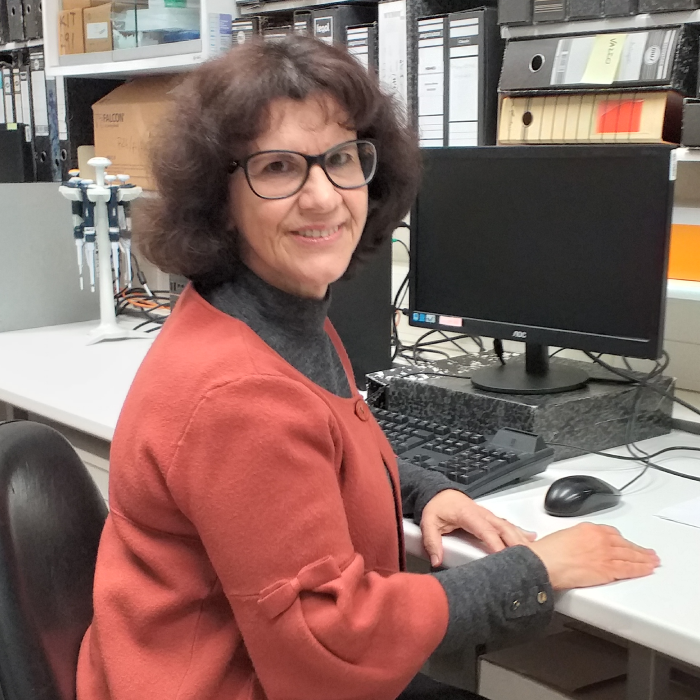
Maria Silva – National Institute of Health Doutor Ricardo Jorge (INSA), Portugal
Mycotoxin data from Europe – results and policy implications – 28 April – 10:35 am CEST
Human exposure to mycotoxins occurs mainly through contaminated food consumption and it is expected to raise, due to climate change. As such, to protect human health, there is an urgent need to monitor human exposure in Europe. Key achievements from the work developed under the HBM4EU for deoxynivalenol (DON) and Fumosinin B1 (FB1), include: i) a total urinary DON biomarker and several qualified European laboratories to perform DON analysis; ii) aligned studies, showing exposure in adults increasing from west to east; iii) risk assessment of DON with exposures of some individuals above the 90th percentile representing a potential health concern; iv) toxicokinetics models ongoing; v) an adverse outcome pathway developed for FB1 and neural tube defects and vi) the sphinganine/sphingosine ratio identified as an biomarker for FB1. Main research needs and gaps, lessons learnt and future perspectives for using biomonitoring to address policy related questions will be discussed.
Maria João Silva is a Senior Researcher and the Head of the Genetic Toxicology Group at the National Institute of Health Dr. Ricardo Jorge (INSA, Portugal); she co-leads the thematic line on Environmental and Genetic Determinants of Disease at the Centre for Toxicogenomics and Human Health, NOVA Medical School, NOVA University of Lisbon. Her research has been focused on the interactions between genetic and environmental factors and associated mechanisms and, currently, comprises the areas of human biomonitoring, environmental genotoxicity and nanotoxicology. She has served in expert groups at ECHA and WHO. She has been the focal point and coordinator of INSA’s scientific activities in the HBM4EU Initiative.
Disclaimer
The HBM4EU project was launched in 2016 with the aim of improving the collective understanding of human exposure to hazardous chemicals and developing HBM as an exposure assessment method. The project had €74m in funding and jointly implemented by 120 partners from 28 participating countries – 24 EU member states plus Norway, Switzerland, Iceland and Israel and the European Environment Agency. One of its aims was to ensure the sustainability of HBM in the EU beyond 2021. The project ended in June 2022. The website will not be updated any longer, except the page on peer reviewed publications, but will be online until 2032.


